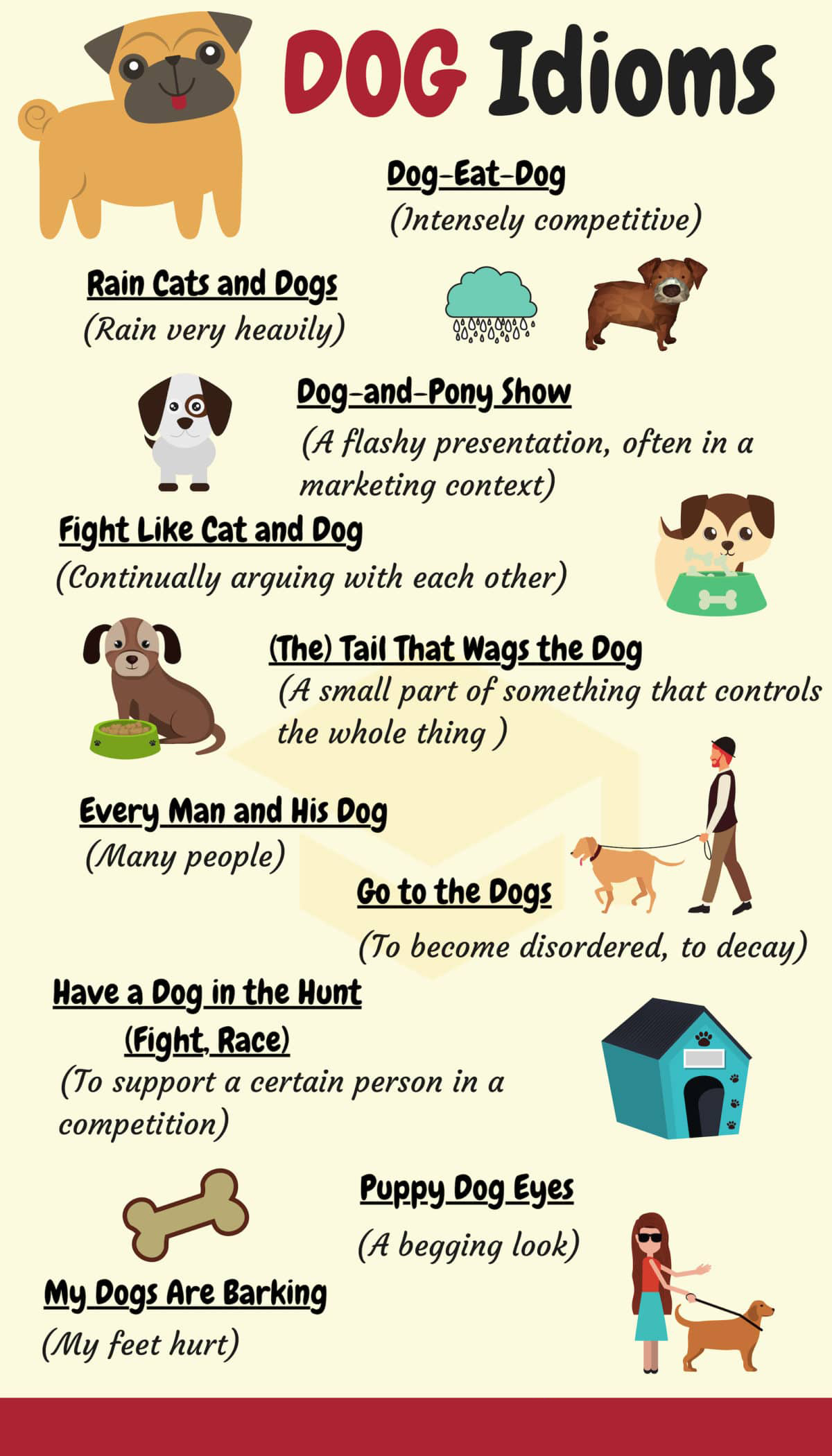Understanding the Emotional Journey of Euthanizing Pets: A Compassionate Guide for Pet Owners
---Euthanizing a beloved pet is one of the most heart-wrenching decisions a pet owner may face. As our furry companions age or suffer from debilitating illn……
---
Euthanizing a beloved pet is one of the most heart-wrenching decisions a pet owner may face. As our furry companions age or suffer from debilitating illnesses, the thought of euthanasia can evoke a whirlwind of emotions, from guilt to sadness. In this comprehensive guide, we will explore the sensitive topic of euthanizing pets, providing insights that can help owners navigate this difficult journey with compassion and understanding.
When faced with the prospect of euthanizing pets, it is essential to consider the quality of life of your animal. Veterinary professionals often use a quality-of-life scale to assess whether a pet is enduring unnecessary suffering. This scale takes into account factors such as pain levels, appetite, mobility, and the ability to engage in activities they once enjoyed. By evaluating these aspects, pet owners can make informed decisions about their pet’s well-being.

The emotional burden of euthanizing pets can be overwhelming. Many owners experience feelings of guilt, believing they are making a selfish choice. It’s important to remember that choosing euthanasia is often an act of love. When a pet is in pain or has a diminished quality of life, allowing them to pass peacefully can be a compassionate decision. Understanding this can help alleviate some of the guilt associated with the choice.
Communication with your veterinarian is crucial during this process. They can provide guidance on your pet's condition, helping you understand whether euthanasia is the most humane option. Discussing your pet's health and prognosis can provide clarity, allowing you to make a decision based on facts rather than fear or uncertainty. Your veterinarian can also guide you through the logistics of euthanizing pets, explaining what to expect during the procedure and the options available for your pet’s remains afterward.
Another critical aspect to consider is the emotional support available to you and your family during this time. Losing a pet can be akin to losing a family member, and grieving is a natural response. Many resources, including pet loss hotlines and support groups, can help you process your emotions. It’s essential to lean on friends, family, or professionals who understand the bond you shared with your pet.

In addition to emotional support, consider creating a meaningful farewell for your pet. This could involve a small ceremony, writing a letter to your pet, or compiling a scrapbook of memories. Such acts can provide closure and allow you to celebrate the life of your beloved companion. Remember, euthanizing pets is not just an end; it is also a way to honor the love and joy they brought into your life.
Finally, after euthanizing pets, give yourself permission to grieve. Everyone processes loss differently, and there is no right or wrong way to mourn. Allow yourself to feel the sadness and seek support when needed. Over time, the pain of loss may lessen, but the memories and love you shared with your pet will remain in your heart forever.
In conclusion, while the decision to euthanize pets is undoubtedly challenging, it can also be a compassionate choice that prioritizes the well-being of your beloved animal. By understanding the emotional aspects, seeking professional guidance, and allowing yourself to grieve, you can navigate this difficult journey with love and dignity. Remember, you are not alone, and there are resources available to support you during this trying time.
